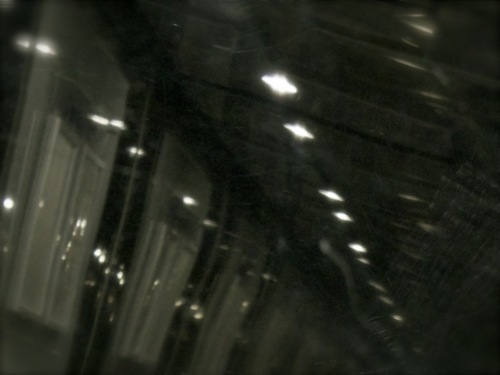
When the signal does come through, it’s already been through something like ten or eleven repeaters, and we don’t get the luxury of exact reproduction at any of those junctures. Even if the error rate at each hop were just one percent, after this many retransmissions, we’d end up losing a tenth of the data. It’s more like five percent, of course, and that means we have to cope with nearly half of the stream being in some garbled state when it finally gets to us.
Working with this technology is like trying to reconstruct the Mona Lisa from a printout that’s been through the wash. Twice.
The engineers wanted to build a sophisticated error correction system to handle it all, but eventually even they gave up. We have enough data by now that we can basically guess at the overall patterns, anyway. I’m sure the more empirically-minded lab members are throwing fits at this every night, but it’s what keeps the funding coming in. High scientific ideals are one thing, but being able to feed myself and my girlfriend is another, and I don’t let the former get in the way of the latter.